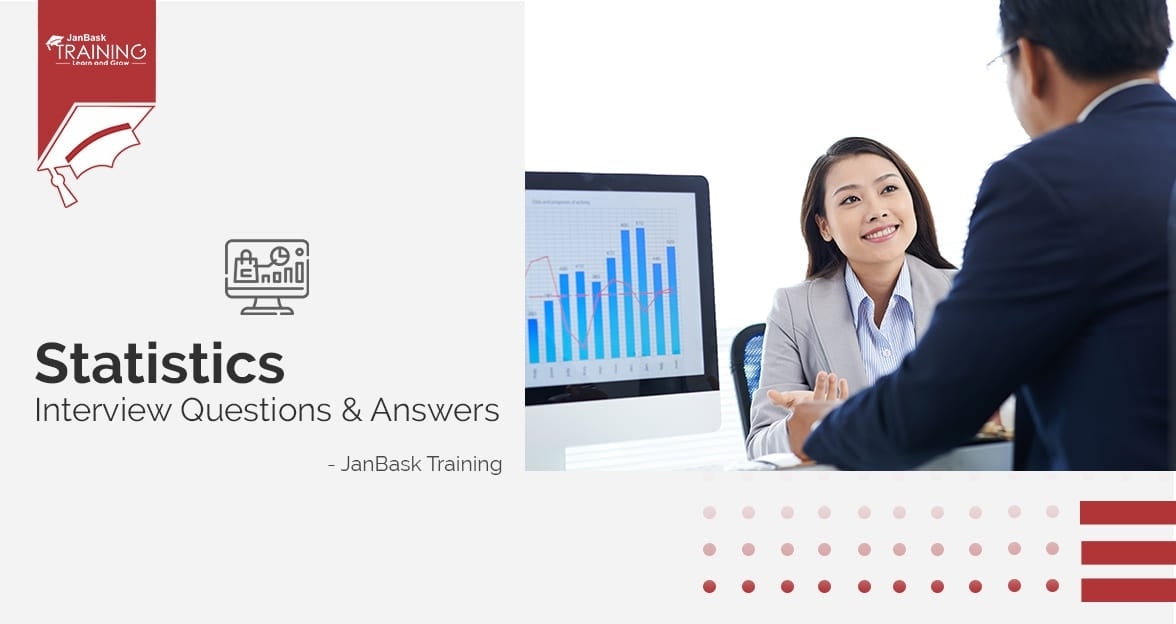 Grab Deal : Upto 30% off on live classes + 2 free self-paced courses - SCHEDULE CALL
Grab Deal : Upto 30% off on live classes + 2 free self-paced courses - SCHEDULE CALL

 Grab Deal : Upto 30% off on live classes + 2 free self-paced courses - SCHEDULE CALL
Grab Deal : Upto 30% off on live classes + 2 free self-paced courses - SCHEDULE CALL

Tableau Frameworks are ready-made structures that simplify data visualization creation. These enhanced dashboards offer a consistent design starting point, saving time and ensuring visual coherence. In this blog, we will delve into the nuances of the INSIGHT framework; understanding the critical steps from identifying business questions to efficient dashboard design, you'll gain insights into creating impactful data visualizations.
Discover how strategic thinking about business questions, key performance indicators (KPIs), and even the layout of underlying datasets can significantly enhance your ability to extract actionable insights from data. If you want to deepen your understanding of data science and analytics, JanBask Training's Data Science courses are your gateway to comprehensive learning.
Ans: Frameworks in Tableau are pre-designed structures that streamline the creation of data visualizations. As enhanced dashboards, they provide organized templates, saving time and ensuring consistency in design.
While offering a starting point for users, frameworks are highly customizable, allowing for tailored visualizations. Accessible from Tableau's repository or created by users, these frameworks play a vital role in efficient data analysis and presentation, making it easier to communicate insights visually.
Ans: Identifying the reason for your data visualization is the critical starting point in the INSIGHT framework. I term this step in the corporate world as "Identify the Business Question." However, this concept is versatile and applies to any question you aim to answer through visualizing data, whether related to business growth, finding the best coffee spot in Seattle, or understanding the odds of becoming a professional athlete. This initial clarity ensures that your data visualization looks good and effectively addresses the specific question, making it a fundamental step in the process.
Ans: Documenting KPIs in the INSIGHT framework is vital for several reasons. Firstly, it aligns stakeholders on crucial data, fostering agreement on addressing the identified business question. This early consensus allows for meaningful debates and modifications before visualization development.
Secondly, it serves as a foundation for dashboard design, providing a blueprint for what should be included. Lastly, documenting KPIs creates a historical record, facilitating the review of evolving requirements. As business environments change, new insights may emerge, necessitating adjustments to ensure that KPIs effectively contribute to answering the business question.
Ans: Naming KPIs is crucial and can be approached through measurement planning and discovery analytics. In measurement planning, thinking about how success should be measured, and the necessary information to answer a business question is foundational. Often, this alone can define dashboard requirements.
On the other hand, discovery analytics is valuable when facing a new business question, utilizing tools like Tableau to explore various metrics swiftly and determine which KPIs are best suited to answer the specific question. This combined approach ensures well-informed and relevant KPIs for meaningful data visualizations.
Ans: Reshaping survey data is essential, especially when dealing with Tableau. In survey data, each column typically represents a different question, making it comprehensive and challenging for Tableau to extract insights. The traditional wide format may be analyst-friendly, but it needs to be Tableau-friendly.
By reshaping or "pivoting" the data, as termed by Tableau, into a format with fewer columns and more rows, you optimize it for Tableau's preferences. While this might make the data less spreadsheet-friendly for analysts, it significantly enhances Tableau's ability to uncover valuable insights from survey responses.
Ans: Creating a data visualization involves numerous factors, but the audience and purpose are two significant influencers. Tailoring your visualization to these factors is crucial. When pondering your audience:
Ans: Gathering feedback on your initial concept yields several key advantages. Firstly, it enhances efficiency by streamlining the path to the final product. Organized feedback collection reduces the likelihood of receiving sporadic and overly detailed input after implementing the concept.
Secondly, it minimizes frustration, as anticipating audience feedback as a standard part of the design process makes it easier to adapt to requests for a different direction. Thirdly, proactive feedback gathering fosters a sense of ownership among end users, leading to smoother processes and potentially reducing criticism, as those involved in the creation feel connected to the final dashboard.
Ans: The method of gathering feedback on a data visualization concept depends on your audience size. A simple image sent for individual responses may suffice for a small audience (one to three individuals). With a slightly larger audience, consider organizing a brainstorming meeting for collaborative input.
When designing for a mass audience, send the concept to two or three individuals in your network, ensuring diverse backgrounds to represent a broader public audience. The key is choosing individuals whose perspectives reflect the diversity of your target audience, facilitating a comprehensive preview of how different people may perceive your visualization.
Ans: Finalizing a data dashboard involves considering a few fundamental rules:
Ans: Regardless of your audience, employing specific tactics can enhance storytelling in a data dashboard:
Ans: Strategic consideration of the business question and selected Key Performance Indicators (KPIs) significantly boosts the potential for a dashboard to yield actionable insights. By aligning the dashboard's purpose with a straightforward business question and choosing relevant KPIs, you enhance the chances of uncovering valuable insights.
Assuming you've followed the INSIGHT framework to this point, ensuring the dashboard is poised to deliver valuable insights, the next critical factor is the distribution method, which is closely tied to the diverse nature of the audience. Tailoring distribution methods based on the audience's varied analytical sophistication and technical infrastructure ensures the insights reach and resonate with the intended viewership.
Ans: Efficiency in building a data dashboard is enhanced by limiting working components during the Initial Concept step. While this may leave considerable work to bring the concept to life later, it proves more efficient.
The rationale is that investing minimal effort initially—having very few or no working components, perhaps just a hand-drawn sketch—saves time in the long run. By avoiding the premature construction of dashboard elements, you prevent the need to redo extensive work if the audience steers the project differently. This approach optimizes the overall efficiency of the dashboard creation process.
Ans: The layout of the underlying dataset plays a crucial role in efficiently creating certain chart types like Sankey Diagrams and Funnel Charts. Tailoring the dataset to meet specific chart requirements enhances the ease of visualization creation.
In cases where a unique data format is needed for a specific chart type, it is advisable to maintain a master data connection for the overall workbook. Simultaneously, create a second data connection specifically tailored to meet the unique requirements of the chart type. Although introducing a second dataset, this approach streamlines the process, ensuring that the data is organized in a way that facilitates the creation of specialized visualizations.
Ans: Calculated measures in Tableau deserve special attention in the preparation phase. Unlike aggregating the dataset before connecting with Tableau, which transforms it into an OLAP or cube data source and limits exploratory value, preserving raw calculated measure inputs in the dataset is recommended.
While the dataset should contain the raw inputs, creating calculated measures is best performed within Tableau. This approach ensures that Tableau leverages its powerful capability to perform quantitative calculations on the fly across various dimensions, maximizing the exploratory potential of the tool.
Ans: Naming Key Performance Indicators (KPIs) is not a one-size-fits-all task. While a single KPI might suffice in some cases, there are instances where multiple KPIs are necessary. To maintain focus and efficiency, I recommend limiting dashboards to twelve components, which include KPIs.
The term "key" in KPI suggests significance, so if you find yourself with more than five or six key metrics, it's essential to discern between primary and secondary indicators. Secondary indicators might be suitable for a drill-down view, preventing them from overshadowing the primary focus and ensuring a clear representation of what drives business performance.
Tableau Online Training & Certification

As we wrap up our exploration of Tableau Framework Interview Questions and Answers, it's clear that proficiency in Tableau extends far beyond technical know-how. The INSIGHT framework guides us through strategic steps, from identifying crucial business questions to creating efficient and impactful data visualizations.
Whether you're entering the field or advancing your career, confidently navigating Tableau interviews is a valuable skill. Suppose you're eager to hone your data science and analytics skills further. In that case, JanBask Training's Data Science certification course offer a transformative experience, providing the knowledge and skills to thrive in the dynamic field of data science.

Statistics Interview Question and Answers


Data Warehouse Interview Question And Answers in 2024

Cyber Security

QA

Salesforce

Business Analyst

MS SQL Server

Data Science

DevOps

Hadoop

Python

Artificial Intelligence

Machine Learning

Tableau
Download Syllabus
Get Complete Course Syllabus
Enroll For Demo Class
It will take less than a minute
Tutorials
Interviews
You must be logged in to post a comment